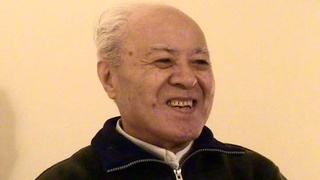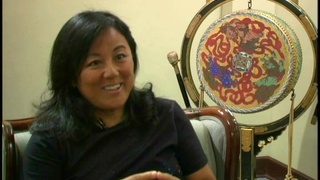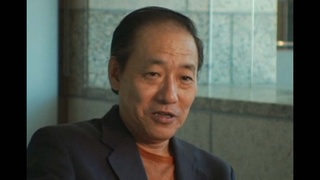Interviews
Why her parents came to Canada
I*: Rose...
Hai (Yes).
I: You know, do you know why your mother and father came to Canada?
Well, I guess they, they wanted to make money and go home, which, instead of making money, they got further and further into a hole, so they couldn't go back to Japan.
I: And what did they do in Vancouver?
Vancouver? Boarding house on Alexander, they call it Hiroshima, yeah. But if that had succeeded, we wouldn't have been rich, but at least we would have been able to go home to Japan to say that, well, we'll, here we are. But how can you go back to Japan in debt, right? Everybody's like that. So we stayed. [Interruption] [Inaudible], they'll think that.
*"I" indicates an interviewer (Peter Wakayama).
Date: December 2004
Location: Canada
Interviewer: Peter Wakayama
Contributed by: Sedai, the Japanese Canadian Legacy Project, Japanese Canadian Cultural Center
Explore More Videos



Initial struggles with the language barrier (Japanese)
(b. 1917) Okinawan, Issei Argentinean

Decision to settle in Argentina after WWII (Spanish)
(b. 1929) Nisei Argentinean


Government urged Japanese Canadians to go to Japan
(b. 1928) Doctor. Former Chair of the Japanese Canadian Redress Foundation.

The myth of the sacrifice of immigrants (Spanish)
(b. 1962) Peruvian Poet, Okinawan descendant


On returning to post-war Peru (Japanese)
(b. 1948) Executive Director of Amano Museum





Facing discrimination in America (Japanese)
(b. 1936) Shin-issei welding business owner

